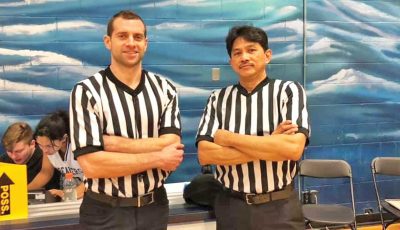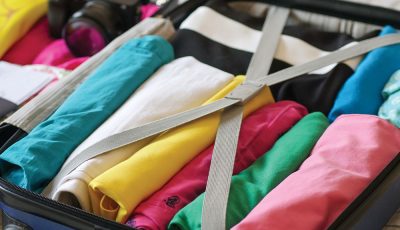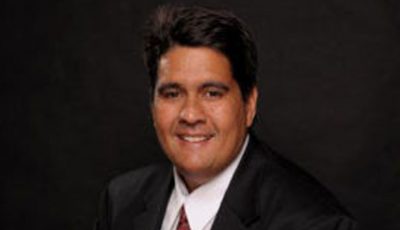Canuck Zhinoy Canadian
Bilingual Canadien is the object of public schooling in a place that prides itself as a mosaic of varied colors. Though the signage is only in English and French, the lilt of the Irish and Scot, gruff of the German and Russian, Ukrainian and Finn, and the sing-song of the Hindi, Chinese, and Filipino were spoken by the population I heard cruising among the plaid-shirted, buckled-denim-pants, hat-and-boots crowd of the Calgary Stampede.
Nunavut is actually home to the First Nations, a term that covers a multitude of self-esteems. A grouping names the Woodland First Nations in the dense boreal forest of the northeast; the Iroquoian First Nations that inhabit the southernmost fertile area for corn, beans and squash—cousins to the “Indians” who smoked with the pilgrim’s progress in their first thanksgiving dinner after a year of surviving a harsh winter in the Atlantic coast; and the Plains First Nations that lived in the grasslands of the prairies, whose maidens warmed up to Scot, Irish, and Welsh fur trappers, rendering them as the forsaken Metis folks (mixed blood) I once worked with in Saskatchewan and Manitoba.
Then we have the Plateau First Nations that dots the semi-desert arid air south of the high mountains and dense forest in the north; the Pacific Coast First Nations whose fingerprints are left in abundant shellfish and salmon consumed in gigantic red cedar buildings and huge houses; and the First Nations of the Mackenzie and Yukon River Basins that weathers the harsh environment of swampy muskeg terrain, barren land, and dark forest.
Like the rest of the aborigines and indigenes elsewhere, if they had not yet been decimated by the genocidal policies of Indo-Aryan’s racial superiority, they are relegated to providing native costumes to local fests, at best the recipients of well-intended dole and at worst the victims of deliberate oppression, sad in either case.
Our playful title of the Canuck Zhinoy Canadian encompasses the Canadien (Canuck used by Canadians though used pejoratively in the U.S.), the Zhinoy (am coining the new word in lieu of the pejorative “Chinoy”) workers that now do the manual labor in eateries and retail fronts in shops, and the Celt-Anglo-Teutonic of the ranch farms and the coat-and-tie Canadians that dominates the country’s political stables, all visible in Spadina, Toronto any given day.
I identify with the growing Zhinoy (like Champinolinians for Chamorro, Pilipino and Carolinian mix), a clear Sino-Indo-Malay blend now in worldwide diaspora. One of my children who added Celt-Anglo-Teutonic shades to her genetic mix had a banner flying at her university declaring: “Mongrels of the world, unite!” This is different from her Metis brothers and sisters whose self-depreciating story was ingrained by the ambivalent non-treaty category they endured when the purist perspective of Canadian dispensation thought them dispensable as the elk and the uranium.
I was in Sichuan in southwest China not too long ago, in the Zang region (Xizang is the local name of Tibet in the Himalayas, xi = west, Zang = a Himalayan ethnic group) of Kangding in the Garze Autonomous Region where I saw how the Chinese government bolsters the self-image of its minority groups, imbuing pride to those who appropriate the “affirmative” action of the central government’s policy on minorities. I visited Liuliude Park where the native Kangding Love Song (liuliude) was the theme but like many affirmative actions in other places, responsibility is on those who take advantage of opportunities offered rather than on those who wait to be spoon-fed by guardians and powers-that-be.
Barack Hussein Obama broke through a glass ceiling. I hope he can stay away from the trigger-happy nutcases that proliferate America’s armed handgun closets (numbers for the top three: of every 100 folks, there are 86 handguns in the U.S., 55 in Yemen, and 46 in Switzerland).
I started this reflection on Canada’s celebration of its mosaic character, one I dearly appreciated when I lived in Saskatchewan where one daughter acquired a Canadian passport (later exchanged for a U.S. blue simply on the dictate of travel convenience), and another daughter born in Alberta who appropriates her mongrel lineage among the aloha waves of Polynesia.
I was in Calgary on Canada Day 2014, when it went into its annual introspection: “What does Canada mean to me?” It is a question that every political entity can ask of its adherents. It is the question that stands in between the personal “Who am I? or Who do I say I am?”, to the all-encompassing question of the earthrise, “Where is home?”, where belonging to one planet is an illuminating reality that now receives widespread allegiance. Asking all three leaves the middle, usually the domain of jingoistic responses, an intentional communal life between the experience of one’s uniqueness, and the demand of nothing less than be human on earth.
I, too, am proud to be a mosaic. Thank you, Canucks.



























